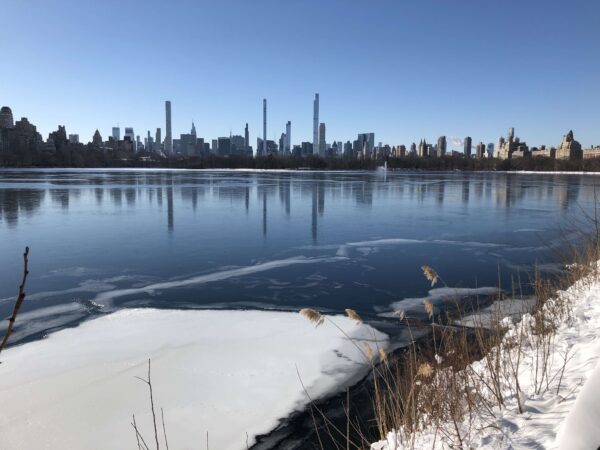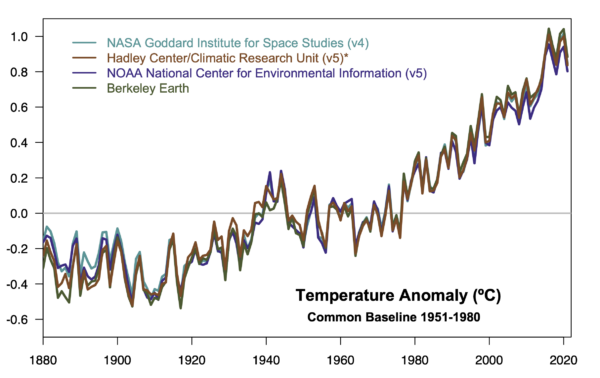Ethiopia is praying for rain according to a recent report from the Guardian, and ReliefWeb suggests that a lack of rain may be linked to malnutrition in Tchad, as well as reduced crops in Niger.
The African rainfall deficit appears to be widespread: the Cairo Review reports severe droughts that have been experienced across the Sahel, the Horn of Africa, and Southern Africa in 2011 and 2020. But the picture is also more complicated, as heavy rains have unleashed massive flooding across South Sudan according to the Red Cross.
A similar ambiguity can also be seen in the future prospects for this region. The recent Intergovernmental Panel on Climate Change (IPCC) report (Assessment Report 6, often referred to as ‘AR6’) presents maps showing projected changes in the precipitation, e.g. in Figure SPM.5 and the IPCC Atlas.
The most recent precipitation projections reveal a remarkable dark green blob covering parts of Sahel and Sahara in addition to the Arabian peninsula, suggesting that this dry region may be blessed with more rainfall in the future (e.g. Figure 1).
Figure 1. A map from Figure SPM.5 from IPCC AR6 slides, showing percentage change in annual mean precipitation from a historical baseline (1850-1900). These results represent the Coupled Model Intercomparison Project phase 6 (also known as ‘CMIP6’) Global Climate Models (GCMs).
[Read more…] about Future rainfall over Sahel and Sahara


